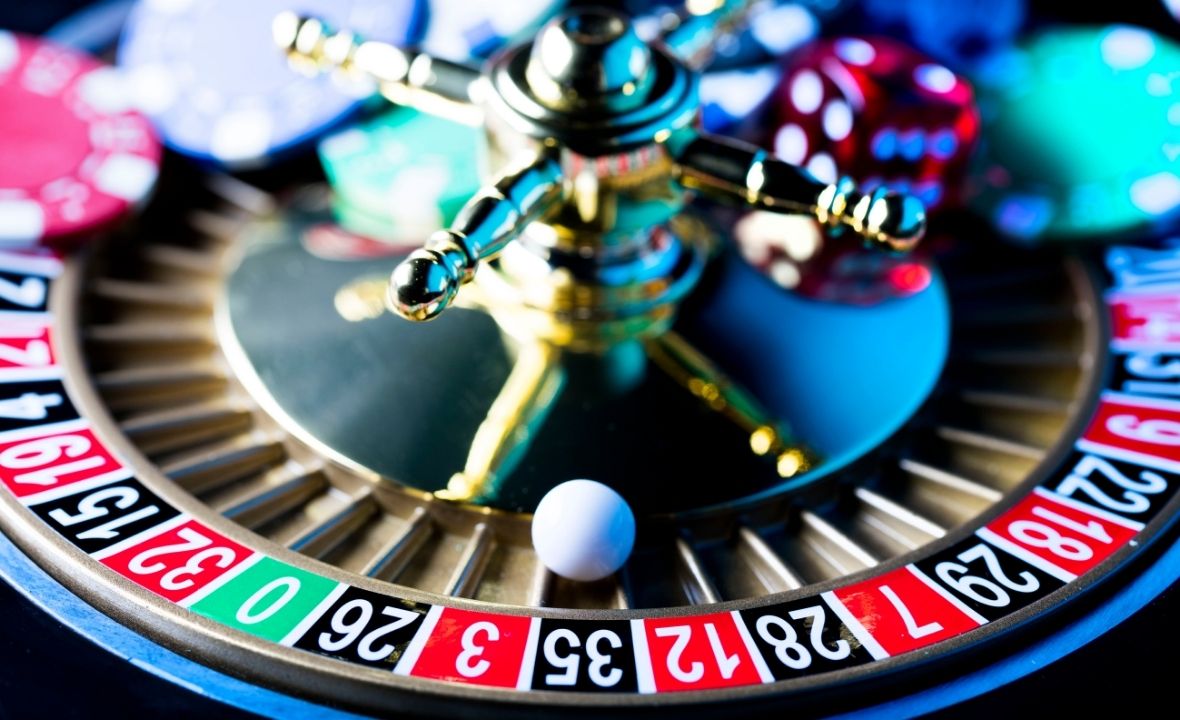Blackjack, a thrilling card game enjoyed by millions of casino enthusiasts worldwide, has a rich history and fascinating evolution. From its humble origins to becoming one of the most popular games in the gambling industry, blackjack has captivated players with its simple yet strategic gameplay. We will delve into the origins and evolution of blackjack, exploring its roots, significant milestones, and its enduring appeal.
Origins of Blackjack
Here, we will explore the early roots of blackjack, tracing its origins back to various card games that emerged in Europe during the 15th and 16th centuries. We will discuss the influence of games like “Vingt-et-Un” and “Trente-et-Un” and how they laid the foundation for the game we know today as blackjack.
Early Variations
This section will delve into the different early variations of blackjack that were played in different regions. We will explore the unique rules and features of these variations and discuss their impact on the development of the game.
The Rise of Modern Blackjack
In this section, we will examine how blackjack transitioned from being a niche game to gaining popularity in casinos around the world. We will discuss the contributions of influential individuals and the role of gambling establishments in promoting and refining the game.
Basic Gameplay and Rules
Blackjack is a card game that is played between a player and a dealer. The objective of the game is to have a hand value higher than the dealer’s hand without exceeding 21. Here are the basic rules and gameplay mechanics:
- Card Values: Each card in blackjack has a specific value. Number cards (2-10) are worth their face value, face cards (Jack, Queen, King) are each worth 10, and an Ace can be worth either 1 or 11, depending on the player’s choice.
- Starting the Game: The game begins with the player placing a bet. After the bets are made, the dealer deals two cards to each player, including themselves. Both of the player’s cards are usually face-up, while one of the dealer’s cards remains face-down (known as the “hole” card).
- Player’s Turn: The player makes decisions based on the value of their initial hand. The options available are as follows:
- Hit: The player requests another card to be dealt with their hand. They can continue hitting until they are satisfied with their hand or until they exceed 21, resulting in a “bust” and an automatic loss.
- Stand: The player decides to keep their current hand without requesting any additional cards. This indicates that they are satisfied with their hand and do not wish to make any further moves.
- Double Down: The player has the option to double their original bet and receive only one additional card. This move is usually made when the player believes that one more card will give them a strong hand to beat the dealer.
- Split: If the player’s initial two cards are of the same rank (e.g., two 7s), they can choose to split the cards into two separate hands. The player must place an additional bet equal to their original bet. Each split card becomes the first card of a new hand, and the player can then proceed to play each hand separately.
- Surrender: In some variations of blackjack, players may have the option to surrender, which means they give up half of their bet and don’t play out the hand. This move is typically used when the player believes their chances of winning are low.
- Dealer’s Turn: After the player completes their turn, it’s the dealer’s turn to play. The dealer reveals their face-down card. The dealer must follow a specific set of rules called the “house rules.” Typically, the dealer must hit if their hand value is 16 or less and stand if their hand value is 17 or more.
- Determining the Winner: Once both the player and the dealer have completed their turns, the hands are compared. If the player’s hand value exceeds 21, they lose automatically. If the player’s hand value is higher than the dealer’s hand value and does not exceed 21, the player wins. If the dealer’s hand value is higher than the player’s hand value, the player loses. In the case of a tie or “push,” where both the player and dealer have the same hand value, the bet is returned to the player.
Strategies and Techniques
While blackjack is a game of chance, employing effective strategies and techniques can significantly improve your chances of winning. Here are some popular strategies used by experienced players:
- Basic Strategy: Basic strategy involves making mathematically optimal decisions based on the player’s hand and the dealer’s upcard. It provides a guide on when to hit, stand, double down, or split. By following basic strategy, players can minimize the house edge and make the most favorable moves in various situations.
- Card Counting: Card counting is a technique that involves keeping track of the cards that have been dealt to gain an advantage. By assigning a value to each card and mentally tracking the ratio of high to low cards remaining in the deck, skilled players can make more informed betting and playing decisions. It’s important to note that card counting is not illegal, but casinos may prohibit players from using this strategy.
- Progressive Betting Systems: Progressive betting systems, such as the Martingale system or the Paroli system, involve adjusting the bet size based on the outcome of previous hands. The Martingale system, for example, suggests doubling the bet after each loss and reverting to the original bet after a win. While these systems can provide short-term gains, they do not alter the overall odds of the game.
- Table Selection: Choosing the right table can be a strategic decision in blackjack. Look for tables that offer favorable rules, such as those with lower numbers of decks, dealer stands on a soft 17, or options to surrender. Additionally, selecting a table with fewer players can increase the number of hands played per hour, giving you more opportunities to capitalize on favorable situations.
- Bankroll Management: Proper bankroll management is essential for any casino game, including blackjack. Set a budget for your gambling session and stick to it. Divide your bankroll into smaller units and bet within your predetermined limits. This strategy ensures that you can sustain losses and continue playing even during a losing streak.
- Avoid Insurance Bets: Insurance is a side bet offered when the dealer’s upcard is an Ace. It pays 2:1 if the dealer has a blackjack. However, statistically, it is not a favorable bet in the long run. It’s generally recommended to avoid taking insurance bets as they increase the house edge.
Popularity and Cultural Impact
In this section, we will explore how blackjack gained widespread popularity and became an integral part of the casino experience. We will discuss its allure, the thrill of the game, and its impact on popular culture.
Blackjack in the Digital Age
The advent of online casinos and the digital revolution had a significant impact on the gambling industry, including blackjack. In this section, we will explore how blackjack adapted to the digital age, the rise of online blackjack platforms, and the advantages and challenges they present.
Blackjack Tournaments
This section will focus on the exciting world of blackjack tournaments. We will discuss the format, rules, and strategies specific to tournament play. Readers will gain insights into the competitive nature of blackjack tournaments and the opportunities they offer for skilled players.





Leave a Reply